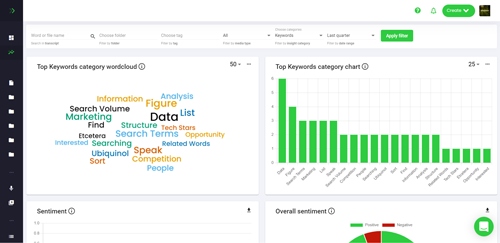What Are Data Labels?
Data labels are a tool used to help make data easier to interpret and understand. By providing a description of the data, data labels can help reduce confusion and simplify the data interpretation process. Data labels can also be used to identify certain types of data, such as averages or outliers.
How Do Data Labels Help?
Data labels are useful for a variety of tasks, such as creating visualizations, summarizing information, and providing context for data. They can also be used to help identify trends, outliers, and other important information.
When used correctly, data labels can help improve the accuracy and clarity of any data set. For example, if you’re creating a graph to represent sales data, data labels can help indicate which products are performing well and which are not.
Types of Data Labels
Data labels can be divided into two main types: quantitative and qualitative. Quantitative data labels are used to describe numerical data, such as sales numbers or temperatures. Qualitative data labels, on the other hand, are used to describe non-numerical data, such as customer feedback or survey responses.
Using Data Labels for Analysis
Data labels can also be used for data analysis. For example, data labels can be used to identify trends in data, or to identify outliers that may need further investigation. They can also be used to identify correlations between variables, or to identify anomalies in the data.
Creating Data Labels
Creating data labels is a relatively simple process. The first step is to identify what type of data is being used. Once this is done, the next step is to create labels that accurately describe the data. It’s important to use concise, clear labels that accurately describe the data.
Optimizing Data Labels
Data labels can also be optimized to make them more effective. For example, labels can be optimized to make them easier to read, to make them more descriptive, or to make them easier to find. Additionally, data labels can be optimized to make them more search engine friendly, which can help to improve the visibility of the data set.
Conclusion
Data labels are a useful tool for making data easier to interpret and understand. They can help reduce confusion and simplify the data interpretation process, as well as help identify trends, outliers, and correlations. Data labels can also be optimized to make them more effective and search engine friendly. For more information about data labels and how to use them, check out this Quora article, this Tableau article, and this EazyBI article.



